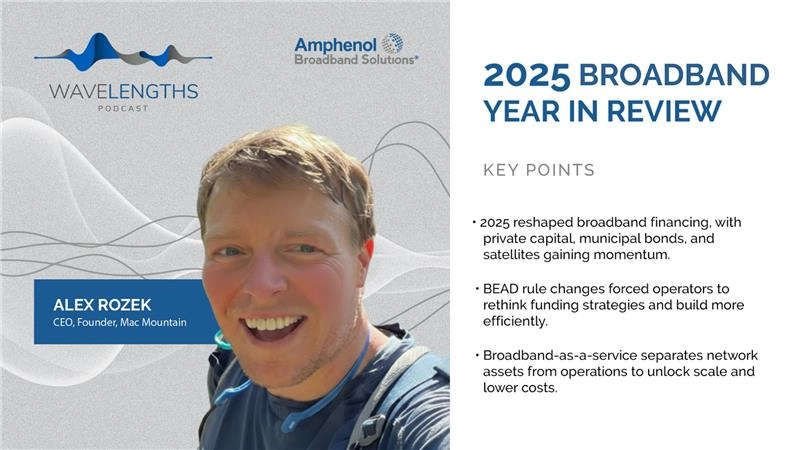How B2B Marketers Can Optimize Content for ChatGPT’s New Web Browsing Tool
Recently, OpenAI‘s ChatGPT, a potent AI language model, has gained a significant enhancement: a web browsing tool that elevates its capability to navigate and understand web content. This breakthrough brings a transformative opportunity for marketers to refine their content strategies, ensuring their content is not only AI-friendly but also optimized for ChatGPT’s new browsing tool. Below, we’ll dive into 7 effective strategies for optimizing marketing content for ChatGPT’s advanced web browsing function.
Create Clear and Contextually Relevant Content:
ChatGPT, like many AI models, excels in understanding semantic and contextual nuances in content. It’s therefore vital to create content that is clear, concise, and contextually relevant. Avoid using jargon or complex phrases that could be misinterpreted. The clearer and more straightforward your content, the more easily ChatGPT can understand and deliver it in relevant searches.
Structure Your Content:
AI models like ChatGPT respond well to structured content. Divide your content into clear sections with descriptive headings and subheadings. Use bullet points or numbered lists for easy readability. Structured data, such as schema markup, can also make your content more visible to ChatGPT.
Utilize Keywords Strategically:
While AI models are not keyword-dependent like traditional search engines, keywords still play a role in helping ChatGPT understand the content’s context and relevance. Instead of keyword stuffing, incorporate keywords naturally into the content to enhance its contextual relevance.
Provide Comprehensive and Accurate Information:
ChatGPT’s web search function aims to provide the most accurate and comprehensive response to queries. Therefore, content that provides in-depth, accurate, and valuable information is more likely to be sourced by ChatGPT in response to relevant searches.
Update Your Content Regularly:
AI models like ChatGPT place a high value on the recency and relevance of content. Regularly updating your content with the latest information helps maintain its relevance and increases the likelihood of it being sourced by ChatGPT’s web search.
Optimize for Mobile:
With a significant portion of web browsing happening on mobile devices, it’s essential that your content is mobile-friendly. Mobile optimization not only improves user experience but also ensures your content is accessible to AI tools that consider mobile optimization as a ranking factor.
Leverage Multimedia:
AI technologies, including ChatGPT, can process and understand multimedia content like images, videos, and infographics. Incorporating relevant multimedia elements can enhance your content’s appeal to both users and AI alike.
—
The emergence of ChatGPT’s web browsing tool is a game-changer, offering new avenues for marketers to maximize their content’s reach and visibility. But as with all great opportunities, it also brings challenges – the need to adapt, learn, and grow. By understanding and implementing the strategies outlined above, you can ensure your content not only resonates with your human audience but also harmonizes with the sophisticated AI technologies of our time. It’s a brave new world out there, and as marketers, we have the exciting task of navigating it with creativity, innovation, and adaptability. Remember, it’s not just about speaking to the masses anymore; it’s also about having a meaningful conversation with the machines. Let’s embrace this exciting journey together!








